The Ryzen 9 5900X was recently launched as the “world’s fastest processor for games,” according to AMD. The new Zen3 architecture, the fourth generation chip is expected to dethrone Intel’s Core i9 10900K from the best CPU for gaming on the market. With 12 cores, Ryzen has two more than its rival’s deca-core, which in turn stands out for its 5.3 GHz maximum clock. Still, AMD boasts a 21% faster processor with its new high-end.
About prices, Ryzen starts to be sold on November 5 at $549 while Intel’s Core i9 is already available to buy for $529. Check below for more details about the two CPUs that promise something in gaming performance and know which is better.
AMD Ryzen 9 5900X vs. Intel Core i9 10900K
| Specifications | Ryzen 9 5900X | Core i9 10900K |
|---|---|---|
| Launch | October 2020 | April 2020 |
| Price | $549 | From $529 |
| Cores/Threads | 12/24 | 10/20 |
| Velocity | 3.7 to 4.8 GHz | 3.7 to 5.3 GHz |
| Overclocking | Yes | Yes |
| Memory | dual-channel, DDR4 up to 3,200 MHz | dual-channel, DDR4 up to 2.933 MHz |
| Cache | 64 MB on L3 | 20 MB on L3 |
| Video card | – | Intel UHD Graphics 630 |
| TDP | 105 Watts | 95 Watts |
| Socket | AM4 | LGA1200 |
Specifications
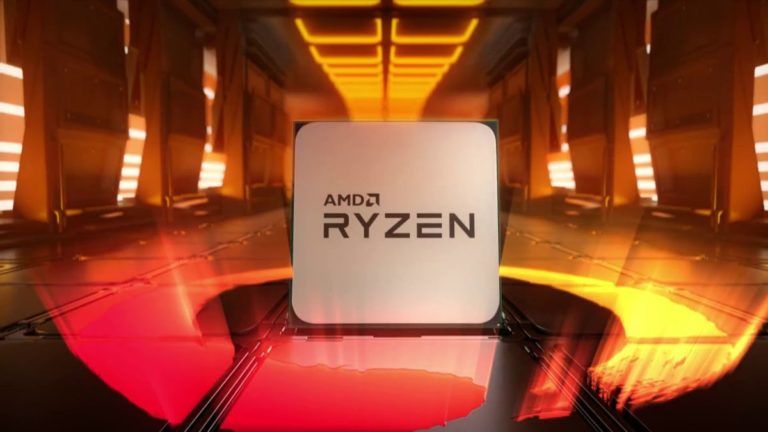
The Ryzen 9 5900X is the most recent of the two. AMD’s new high-end has 12 processing cores and 24 threads, plus a 3.7 GHz base clock and 4.8 GHz turbo speed. Intel’s Core i9 10900K comes equipped with 10 processing cores, 20 execution lines (threads), and speeds that are at 3.7 GHz and 5.3 GHz with turbo driven.
In cache memory – a portion of fast memory, built inside the processor – the Ryzen 9 adds 64 MB at the L3 level, while the Core i9 has access to 20 MB at the same layer. As for memory management, the Intel chip can work with up to 128 GB of DDR4 RAM in two channels at 2,933 MHz speed. Ryzen, on the other hand, accepts faster RAM of up to 3,200 MHz, and also on two channels.
In terms of technologies, AMD’s platform has the great advantage of compatibility with PCIe 4.0, a technology still absent in Intel’s tenth-generation processors.
Performance
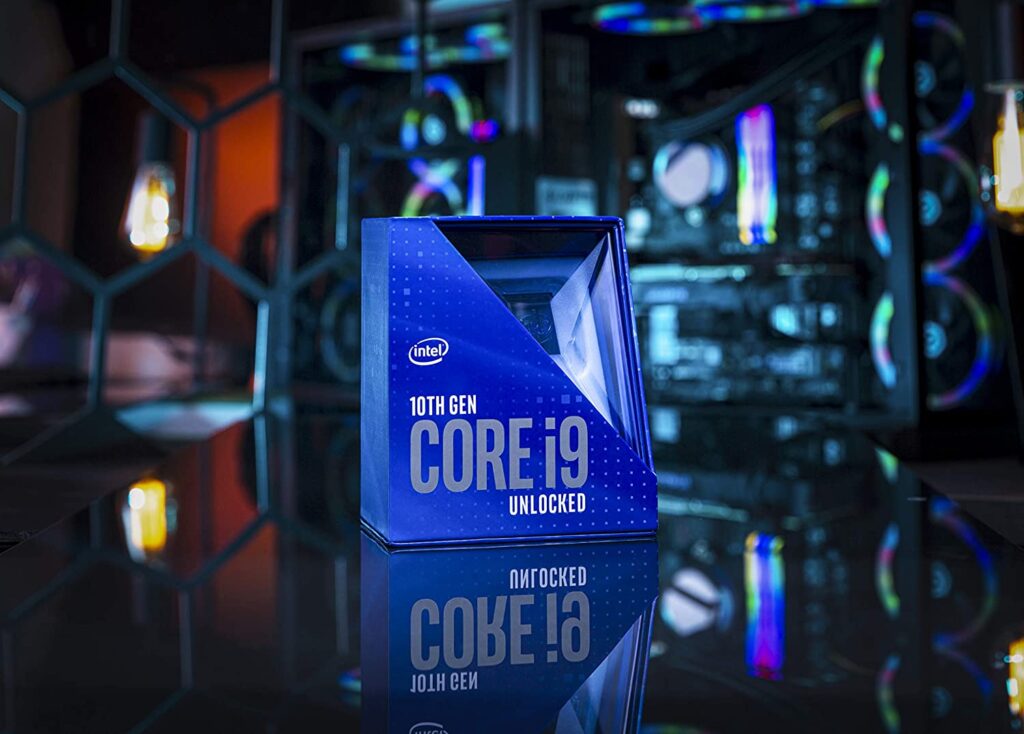
Until the new Ryzen arrives on the market, independent comparisons of the performance of the two products do not exist. What exists are the promises of AMD which, among other things, says that after 15 years, has finally recovered the post of “world’s fastest gaming processor” from Intel, surpassing exactly the Core i9 10900K.
In AMD’s accounts, the Ryzen 9 is up to 21% superior if compared to the Core i9 when running games. These gains, however, can oscillate to less in other situations, depending on the games analyzed.
According to the manufacturer, the new Zen3 architecture, behind the Ryzen 9 5900X, comes with a series of enhancements that can explain the results. AMD talks about a 19% increase in IPC over the previous Ryzen generation – the number of instructions processed by the chip at each clock – which may indicate where the difference in favor of the model comes from. As Intel has called the Core i9 10900K the “world’s fastest processor for gaming”, AMD now promises to “steal” the title for itself.
In any case, it’s always good to remember that there are processors even superior to both, such as Intel’s Extreme series, and AMD’s Threadripper. There are even versions of the two brands aimed at servers, such as Epyc and Xeon. However, these products are not seen as directed to the domestic and mass market, inclusive of costing much more.
Consumption
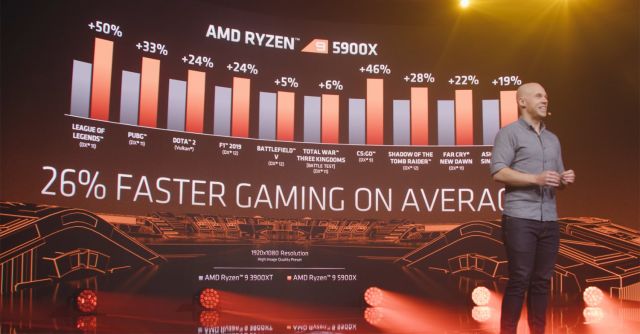
As well as performance tests, accurate electrical consumption indicators depend on the processor getting into the hands of specialized sites and consumers. What is known about the Ryzen 9 5900X is that it works with a maximum TDP of 105 Watts, according to AMD.
TDP is an indicator that, measured in Watts, records the amount of power the chip dissipates in the form of heat under intense use. This is why the value does not precisely indicate the electrical consumption of the processor, and only suggests the amount of heat it releases – which gives an idea of its power.
On Intel’s side, the TDP value is a little lower at 95 Watts, enough to indicate that the Core i9 should heat less during intensive use. Already in numbers of electrical consumption, measured by the TechPowerUp site, the processor can reach peaks of 310 Watts of power when subjected to a high workload, while ranges between 40 and 90 Watts are more common in everyday life.
Resources
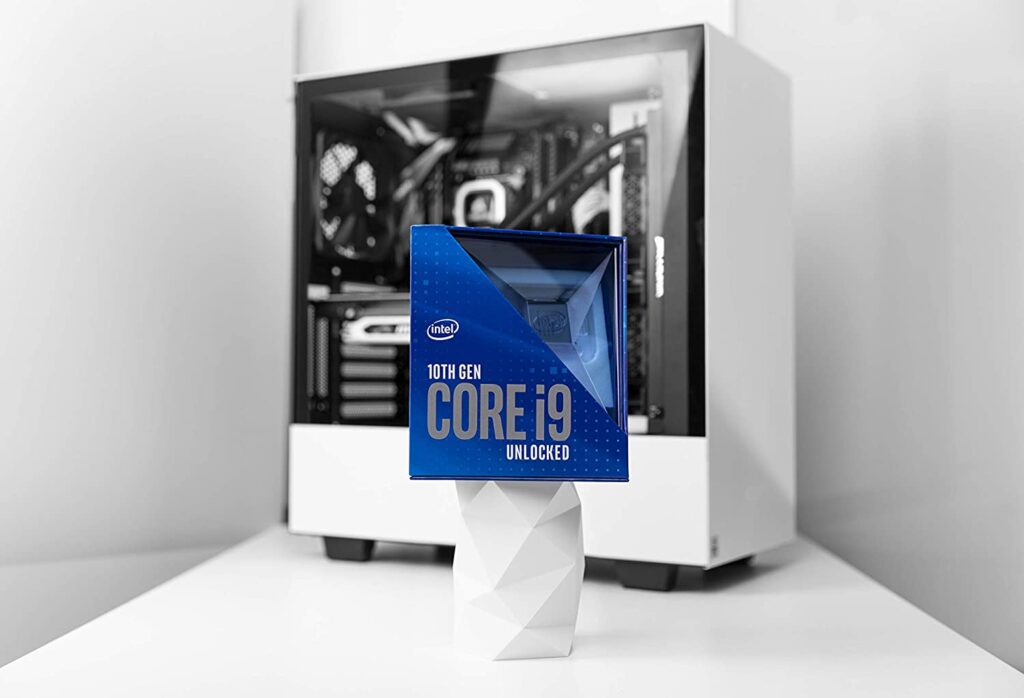
The two processors have differences in some important issues. Perhaps the most obvious distinction between the two is that the Core i9 comes standard with a built-in GPU – the Intel UHD Graphics 630 – while the Ryzen 9 has no internal graphics processing capability.
Therefore, it is necessary to invest in a dedicated graphics card when building a PC from scratch, increasing the cost of the project. But, it’s worth mentioning: even with the Intel chip, only with a GPU aside the user will be able to enjoy a good performance to run games, especially the latest ones.
Another important issue is the motherboard compatibility of the two platforms. Intel’s processor requires components that have an LGA1200 socket, which makes it incompatible with boards created for the ninth-generation Core and earlier. AMD, on the other hand, fits AM4 sockets, the same ones AMD has been using since 2017.
However, not every AM4 board will be able to receive the new Ryzen 9 5900X. It is recommended that you consult the documentation of each manufacturer and model to know if your board is native-compatible, or if BIOS updates can bring support for the new high-end.
Finally, there is a similarity between the two: in both cases, it is possible to overclock, as long as the processors are installed on cards that ensure practice support.
Price and Availability
It is possible to find the Core i9 10900K for values from $629 on Amazon. Besides the high-end, there is the option of the 10900 without the K – or without overclocking -, which has a similar technical file and prices that start on Amazon at $469.78. The Ryzen 9 5900X will debut in the U.S. market on November 5 at prices from $549.
Cost-benefit
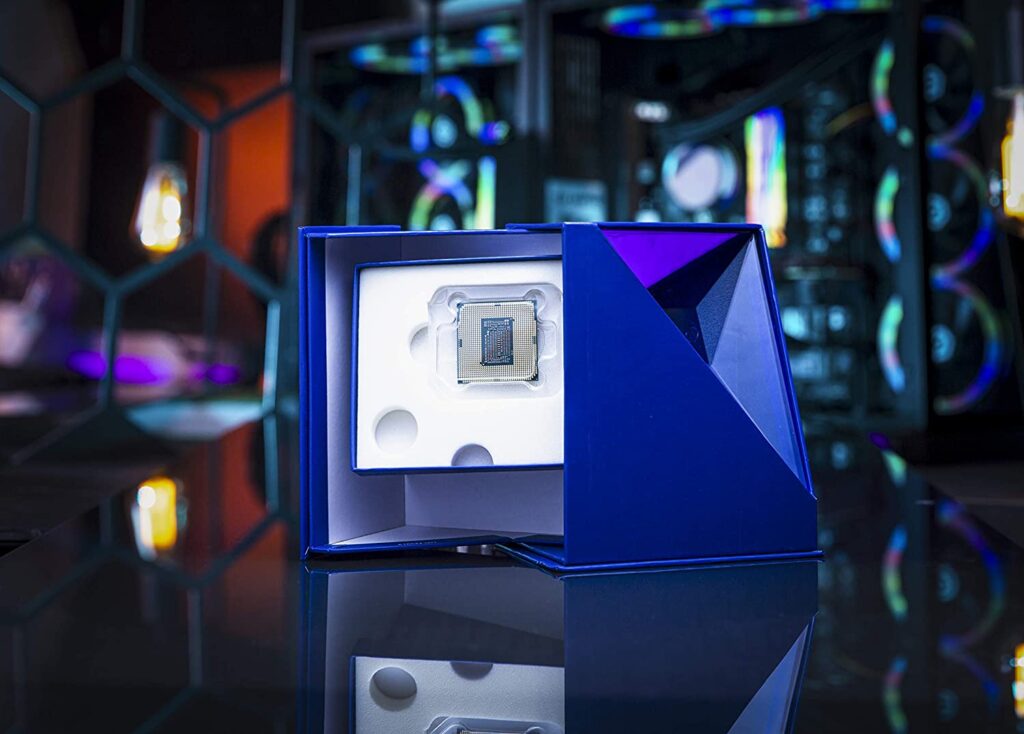
Both Ryzen 9 and Core i9 are high-end options for those who want maximum performance and technology – and are willing to pay a high price for it. If the budget is slack, it’s hard to find fault with either processor, as they are excellent choices for maximum performance and performance in any usage scenario, especially in games.
But, from a more critical perspective, it is possible to make a more interesting business by giving up the most powerful models to search for chips a little below. The Core i9 10900, for instance, with practically the same use proposal, currently stays a little less than $500 below. Other examples, such as the Core i9 10850 or even Core i7 versions can cost even less and deliver performance at the same level as the high-end.
For those who prefer an AMD chip, it is worth the same tip: the Ryzen 7 5800X and Ryzen 5 5600X are more reasonable options at lower prices, as they will reach the stores for $449 and $229, respectively. There are also the Ryzen 9 and 7 of the previous generation, which also promise good performance for less.
This post may contain affiliate links, which means that I may receive a commission if you make a purchase using these links. As an Amazon Associate, I earn from qualifying purchases.

